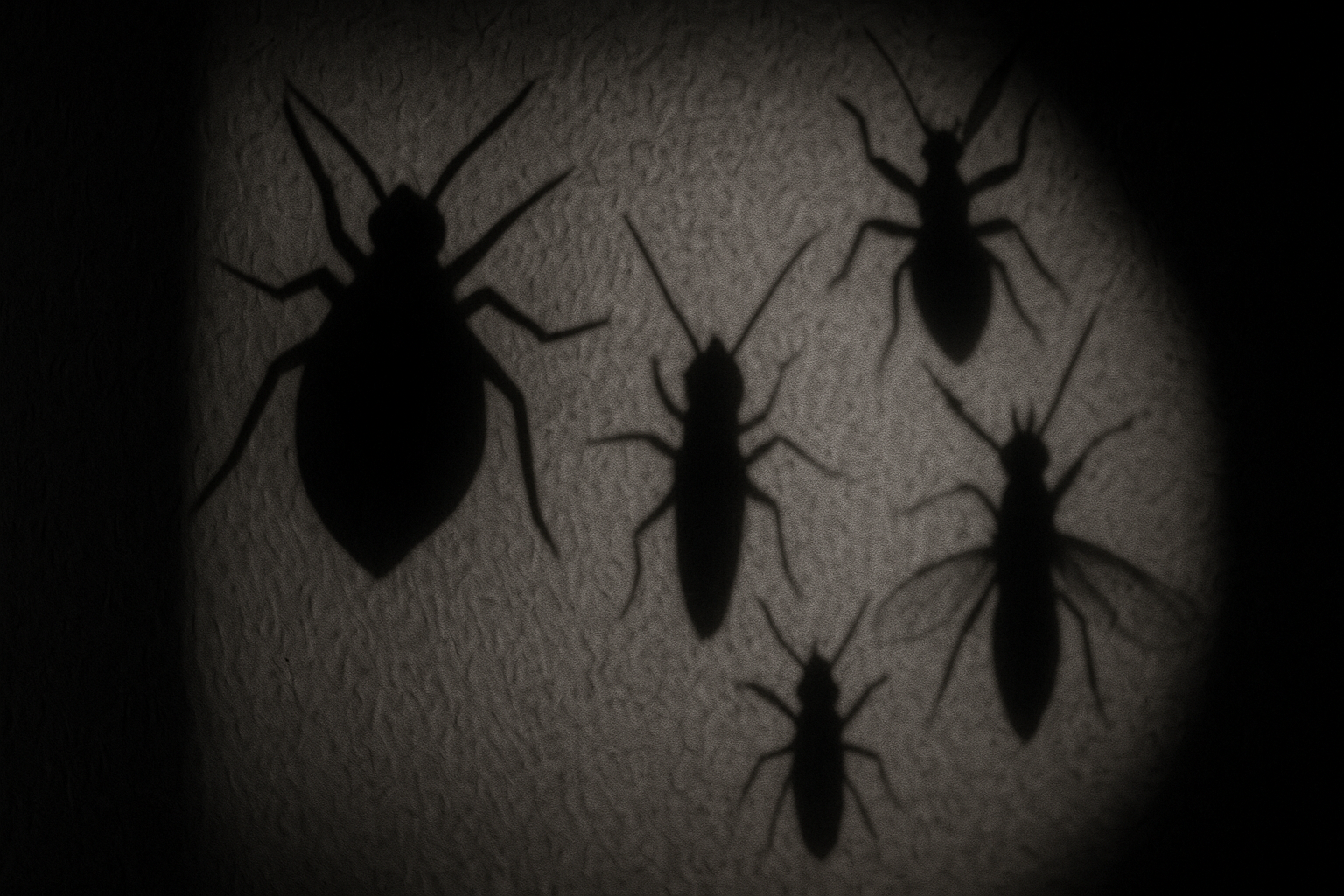The Rewards and Risks of Using Clothes Dryers to Combat Clothes Moths on Wool
The Rewards and Risks of Using Clothes Dryers to Combat Clothes Moths on Wool
If you own a wool sweater, then you’ve likely heard the advice to never, under any circumstances, put it in the dryer or it will never fit you again.
While this is generally good advice in protecting the longevity of your beloved garments, sometimes there are greater threats posed by sneaky insect invaders such as the dreaded clothes moth, and the pros of a tumble through the dryer may just outweigh the cons.
So what makes the dryer a concern for wool, anyways?
Wool is known for being prone to considerable shrinkage through a process called felting, especially when placed into a dryer. These effects can be minimized by controlling the three main factors responsible for shrinkage through felting:
1. Movement
2. Moisture
3. Heat
To understand the process of felting in wool, a basic understanding of the properties of wool is in order. The surface of wool is composed of overlapping scales. They can easily slide past each other in one direction, but the shingle-like scales on the fibers get caught up in each other when going the other way.
The overlapping scales behave much like two phone books with interwoven pages (Mythbusters demonstrated this phenomenon here), and the friction is hard to overcome when trying to pull the fibers apart again. Because of this, the fibers get more tightly and closely interlocked, which leads to the shrinking of the textile they make up.
Moisture plays an important role in shrinkage because of the absorbent properties of wool. As the fibers of the wool absorb water, the core of the fiber swells and the scales pop open like the scales of a pinecone. The increased diameter of the swollen fibers means that there is more contact and greater friction between the fibers, and the scales being opened up also allows them to become interlocked more easily.
Wool fibers are composed of overlapping scales that grab onto each other when agitated in a washing machine or clothes dryer. Image from https://www.feltingart.com/what-is-felting-art
This is also true with heat. Heat can cause those scales on the fibers to pop up, and then very much the same process ensues that leads to increased friction and subsequent shrinkage. Movement speeds along this process by moving the fibers physically against one another, which provides more opportunities for the scales to grab hold of one another.
In the case of clothes moths, heat is a lethal force when used at the correct intensity and duration. Some may choose to put their garments into the oven on low heat in order to kill all life stages of clothes moth; however, this can lead to scorching of the garments and can pose a fire hazard. The dryer is designed specifically for clothing to go into, and they can run for a long time.
That still begs the question: how hot does your average dryer get?
To test this, three of our entomologists surrendered their dryers to science. We placed a load of woolen garments into our dryers along with a temperature logger, and in the end we were able to determine the heat inside of a mass of dry woolen garments in the dryer, which may differ from the actual air temperature in the dryer. We were also able to track how stable high temperatures were, and in the very end after many trips through the dryers, we were also able to inspect the woolen garments, which consisted of shrink resistant wool, pure wool, and wool blends, for signs of shrinkage and degradation.
Should I use a dryer to kill moths?
Our dryers all varied in age, make, and model. However, all of the dryers took around ten minutes to reach a stable temperature regardless of whether they were set to low, medium or high. The temperatures in all of our dryers for each heat setting were also consistent with one another.
On the lowest heat-delivering setting of our dryers, the temperature inside the mass of clothes reached between 111 and 113 degrees Fahrenheit (44°- 45° C).
On medium, all three dryers maintained a temperature around 140-144 degrees Fahrenheit (60°-62° C).
On high, all of our dryers held temperatures above 160 degrees Fahrenheit (71° C). This last point is particularly exciting, as this is what can allow us to utilize heat most effectively to deal with clothes moth problems.
Realistically, 120 degrees Fahrenheit (49° C) is all you need to kill clothes moths in just a matter of a few hours (and even this figure is generous in order to make sure that there are no stragglers), but by cranking up the heat, the duration needed decreases. The fact that your average clothes dryer can get much hotter (160 degrees/ 71° C) than that means that you can kill moths in less time. That means less tumbling, and therefore less friction. This can help to reduce the friction factor concerning wool shrinkage. I also placed some bioassays containing webbing clothes, moth eggs, larvae, pupae, and adults into my dryer on the highest setting with the woolen garments. After a one-hour long cycle, none of the eggs or pupae hatched, and the adults and larvae had all perished.
Another exciting observation is the state of the wool after its many trips through the dryer. We placed four garments into our dryers simultaneously, and they were tumbled through the dryers for nine hours total at temperatures ranging from 111°F/44° C to 160°F/71° C .
After all of this “mistreatment” per the usual wool-care guidelines, there appeared to be no appreciable shrinkage or pilling of the garments.
So should you include this method of clothes moth eradication in your pest management toolbox, and how do you do so safely?
Using a dryer should only be used on garments that do not have beadwork or other plastic or rubber elements that may melt or degrade under high heat.
Garments that are treated to avoid shrinkage are also prime candidates for this method, as are wool blends. Items that are pure wool are also free to join the party. We recommend drying only one article of clothing at a time and to neatly fold that item and place it into a mesh dryer bag to reduce friction and shrinkage. Be sure that the garments are as dry as possible before going into the dryer treatment, as well.
We only tested three dryers, so check with the manufacturer of your dryer for the maximum temperature that your dryer can reach before attempting, as you may need to adjust the duration of treatment if your dryer doesn’t get quite as hot. Running the garments through the dryer for an hour should be enough to kill most, if not all, of the moth eggs, larvae, pupae, and adults that might be threatening your wardrobe. As always, use your best judgment when employing at-home DIY pest management techniques. Always ask yourself, “Is the risk to my item from this method better or worse than the risk that insects pose?”
“We recommend drying only one article of clothing at a time and to neatly
fold that item and place it into a mesh dryer bag to reduce friction and
shrinkage. Be sure that the garments are as dry as possible before going
into the dryer treatment.”
Pest management professionals can also recommend this treatment to residential clients as a means of continuing pest management efforts on their own between professional treatments. The lower an insect population is kept, the better. Recommending ways for customers to help manage the situation on their own can also boost appeal and trust between customers and professionals.
This, of course, is not the end of our story. Treatment for insect problems is never the end of the story. Integrating pest management is an ever-present task that we all must face in our personal lives, whether that be keeping spaces tidy to prevent insect infestation, or monitoring for signs of insect problems.
After treating your garments with heat, cleaning storage spaces and isolating clothing in bags such as our Greenway garment bags will ensure that residual populations don’t spread back to your clothes and undo all of your hard work.
Continued pheromone monitoring can also alert you to potential outbreaks caused by residual populations, and the cycle can continue again until your moths have been thoroughly defeated.
Looking to monitor your clothes moth issue?
We recommend the following products to help monitor clothes moths in your home or business.
Related Insect and Pheromone Posts
Read more about insects and pheromones in these related posts:
Insects Limited, an Insect Pheromone Company
Insects Limited, Inc. researches, tests, develops, manufactures and distributes pheromones and trapping systems for insects in a global marketplace. The highly qualified staff also can assist with consultation, areas of expert witness, training presentations and grant writing.
Insects Limited, Inc. specializes in a unique niche of pest control that provides mainstream products and services to protect stored food, grain, museum collections, tobacco, timber and fiber worldwide. Please take some time to view these products and services in our web store.









